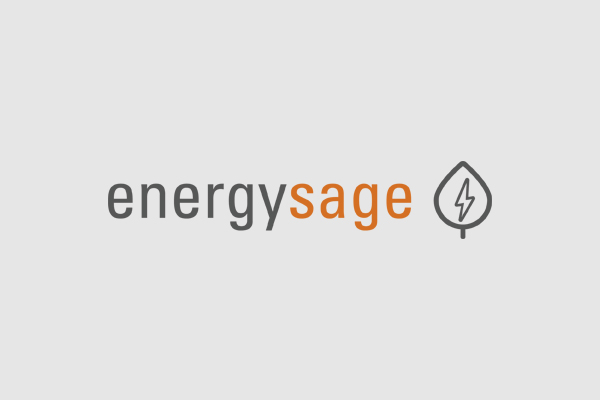- Latest report from EnergySage says consumers are paying nearly 25 percent less for solar today than five years ago.
- Average solar prices are now below $3/W for the first time.
- Highest quality solar equipment is being priced competitively.
Boston — Today, EnergySage released its ninth semiannual Solar Marketplace Intel Report™, which is based on millions of transaction-level data points generated within the EnergySage Solar Marketplace from July 2018 to June 2019.
This report tracks the evolving pricing, equipment, and consumer preference trends shaping today’s U.S. residential solar industry, and serves as a leading indicator of where the market is headed in the coming years.
This ninth report features new datasets and analyses, including an expanded view of state-level pricing and system characteristics, a comparison of installed versus quoted equipment quality over time, and a look at what EnergySage users say they most care about when evaluating solar equipment. Additionally, we compare what EnergySage consumers pay for solar versus the rest of the solar market using new Tracking the Sun 2019 (TTS) data from Lawrence Berkeley National Laboratory.
Key insights from the latest Solar Marketplace Intel Report include:
Average solar prices are now below $3/W for the first time
On the EnergySage Marketplace, the average quoted price of solar dropped to $2.99 per Watt nationally as of H1 2019. Consumers are paying 23% less for solar today than they were five years ago.
Installed costs nationally are 26% higher than quoted prices on EnergySage
Generally, residential solar systems are sized between 6 and 10 kW. According to TTS data, the average installed cost of customer-owned solar nationally was $3.90 per Watt in 2018, compared to $3.09 per Watt quoted on EnergySage that same year. This means 2018 installed costs nationally were $5,000 to $8,000 higher than quoted solar costs on EnergySage.
Not only are EnergySage consumers paying less for solar, they are also installing higher quality equipment than is typically used in the rest of the market. The competitive nature of the EnergySage Marketplace drives these pricing differences and continues to help consumers pay lower prices for better equipment than offered outside of the platform.
Highest quality solar equipment is being priced competitively
The gap in pricing between the highest quality solar equipment and the next tier of equipment has decreased. As a result, consumer preference for high-quality equipment has increased, with over 70% of EnergySage shoppers opting to install “Excellent” rated solar panels, the highest panel rating available on the Marketplace.
“If nothing else, this latest report hammers home the importance of comparison-shopping and the need for transparent information when evaluating one’s solar options,” said EnergySage CEO and founder Vikram Aggarwal. “As prices continue to fall, solar shoppers are increasingly interested in equipment quality and overall value to ensure they’re getting a good deal for the right system. Tools like our new Buyer’s Guide, and of course our Solar Marketplace, allow consumers to do just that, while also helping our installer network reach in-market customers with a higher likelihood to purchase.”
EnergySage is the most visited website in the U.S. solar industry and runs the country’s leading comparison-shopping marketplace for rooftop solar, energy storage, community solar, and solar financing.
This latest report furthers the company’s mission to make solar more accessible and affordable for Americans through unbiased information, transparency, and choice.














Comments